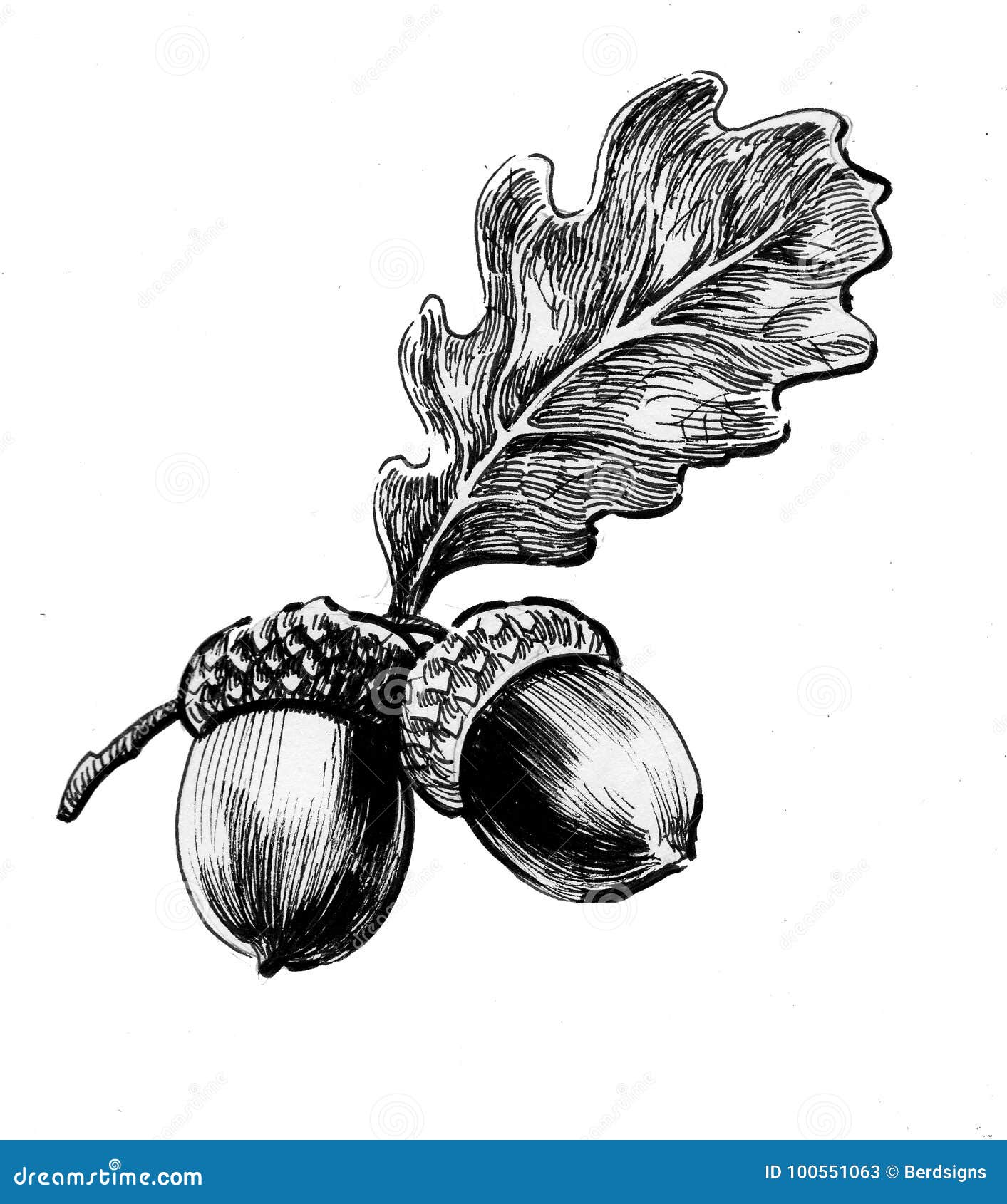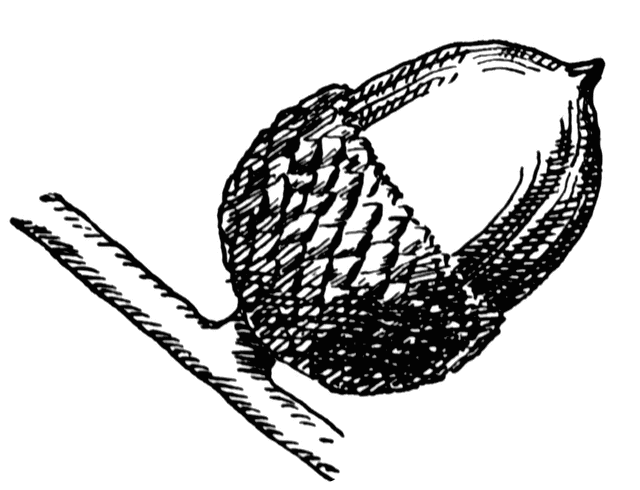

"A List of Mammals obtained by Edmund Heller from the Coast Region of Northern California and Oregon". Pinus jeffreyi is named for its discoverer, Scottish botanist John Jeffrey, who encountered it in 1852 near Mount Shasta. Before Pinus jeffreyi was distinguished from ponderosa pine as a distinct species in 1853, resin distillers operating in its range suffered a number of "inexplicable" explosions during distillation, now known to have been caused by the unwitting use of Jeffrey pine resin. The exceptional purity of n-heptane distilled from Pinus jeffreyi resin led to n-heptane being selected as the zero point on the octane rating scale of petrol.Īs it mainly consists of n-heptane, Pinus jeffreyi resin is a poor source of turpentine. Crystallized sap of Pinus jeffreyi has been eaten as candy. Pinus jeffreyi wood is similar to ponderosa pine wood, and is used for the same purposes. Pinus jeffreyi can hybridize with Pinus ponderosa and the Coulter pine, however this occurrence is rare due to the fact that the pines release pollen at different periods of time, and they naturally have difficulty crossing. Pinus jeffreyi is also tolerant of serpentine soils and is often dominant in these conditions, even on dry sites at fairly low altitudes. At higher elevations, on poorer soils, in colder climates, and in drier climates, Pinus jeffreyi replaces Pinus ponderosa as the dominant tree.

Pinus jeffreyi is more stress tolerant than Pinus ponderosa. It is a high-altitude species in the north of its range, it grows widely at 1,500 to 2,100 m (4,900 to 6,900 ft) altitude, and at 1,800 to 2,900 m (5,900 to 9,500 ft) in the south of its range.

Pinus jeffreyi occurs from southwest Oregon south through much of California (mainly on the eastern side of the Sierra Nevada), to northern Baja California in Mexico.

The largest Pinus jeffreyi, by trunk volume, is the Eureka Valley Giant, in the Stanislaus National Forest. This scent is related to the very unusual composition of the resin, with the volatile component made up almost entirely of pure n-heptane. This scent may be sampled by breaking off a shoot or some needles, or by simply smelling the resin's scent in between the plates of the bark. The scent of Pinus jeffreyi is variously described as reminiscent of vanilla, lemon, pineapple, violets, apple, and, quite commonly, butterscotch. Pinus jeffreyi can be somewhat distinguished from Pinus ponderosa by the relatively smaller scales of reddish-brown bark as compared to the larger plates of orangish ponderosa bark. Another distinguishing characteristic is that the needles of Pinus jeffreyi are glaucous, less bright green than those of Pinus ponderosa, and by the stouter, heavier cones with larger seeds and inward-pointing barbs. The memory device of 'gentle Jeffrey' and 'prickly ponderosa' can be used to differentiate between the species. Pinus ponderosa cone scale barbs point outward, so feel sharp and prickly to the palm of one's hands. The sharp Pinus jeffreyi cone scale barbs point inward, so the cone feels smooth to the palm of one's hand when rubbed down the cone. One way to distinguish between them is by their cones. Pinus jeffreyi is closely related to Pinus ponderosa (ponderosa pine) and is similar in appearance. The seeds are 10 to 12 millimeters ( 3⁄ 8 to 1⁄ 2 in) long, with a large ( 15 to 25 mm ( 5⁄ 8 to 1 in)) wing. The cones are 12 to 25 cm ( 4 + 3⁄ 4 to 9 + 3⁄ 4 in) long, dark purple when immature, ripening pale brown, with thinly woody scales bearing a short, sharp inward-pointing barb. The leaves are needle-like, in bundles of three, stout, glaucous gray-green, 12 to 23 centimeters ( 4 + 3⁄ 4 to 9 in) long. Pinus jeffreyi is a large coniferous evergreen tree, reaching 25 to 40 meters (82 to 131 ft) tall, rarely up to 53 m (174 ft) tall, though smaller when growing at or near tree line. : 4 It is named in honor of its botanist documenter John Jeffrey. It is mainly found in California, but also in the westernmost part of Nevada, southwestern Oregon, and northern Baja California. Pinus jeffreyi, also known as Jeffrey pine, Jeffrey's pine, yellow pine and black pine, is a North American pine tree.


 0 kommentar(er)
0 kommentar(er)
